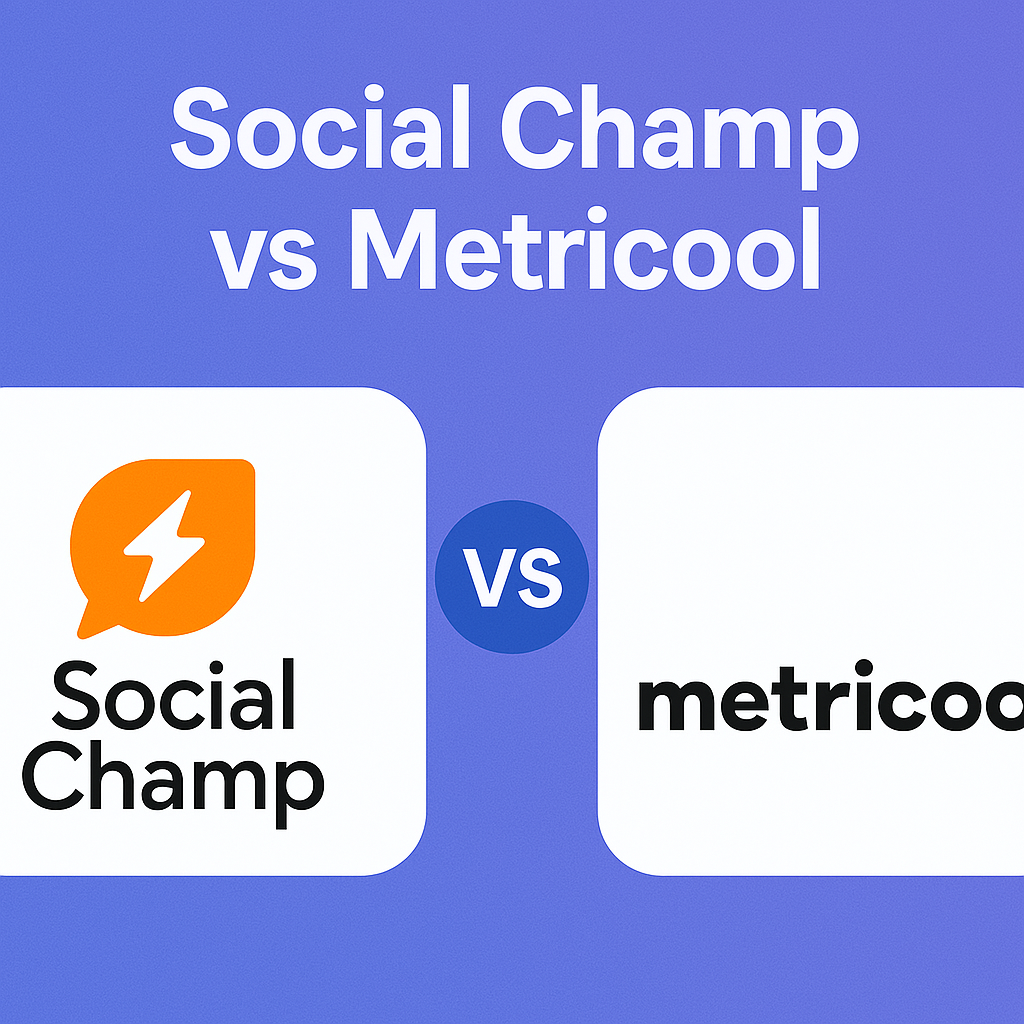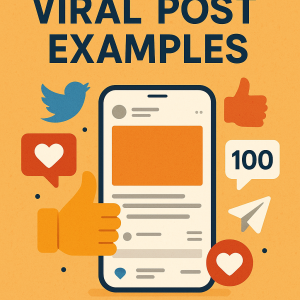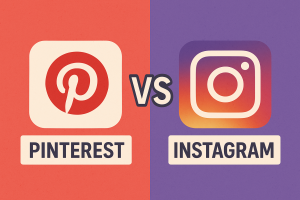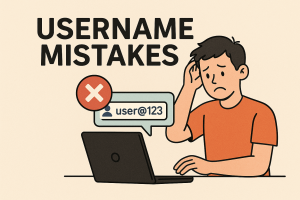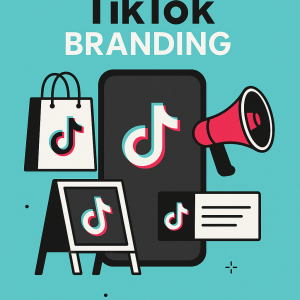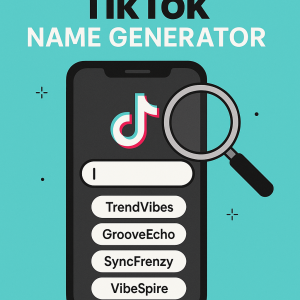Managing multiple accounts across networks can feel like a full-time job. With endless posts to schedule, data to track, and trends to monitor, creators and businesses need reliable tools to stay organized. Two popular options stand out for simplifying these tasks while boosting engagement.
One platform offers a 7-day free trial paired with bulk scheduling capabilities, ideal for teams handling high-volume content calendars. Its competitor shines with advanced analytics like hashtag performance tracking and side-by-side comparisons with rival accounts. Both prioritize intuitive design, ensuring even first-time users can navigate dashboards smoothly.
This comparison draws from hands-on testing of core features, pricing models, and real-world usability. Whether you prioritize rapid content deployment or deep audience insights, understanding each tool’s strengths helps match your workflow needs. We’ll break down what matters most: automation options, reporting depth, and support responsiveness.
Key Takeaways
- Free trials allow risk-free exploration of scheduling and analytics tools
- Bulk uploads save time for accounts with frequent posting needs
- Competitor analysis features reveal opportunities to improve strategy
- Custom reports simplify data sharing with clients or teams
- User-friendly interfaces reduce learning curves for new adopters
Overview of Social Media Management Solutions
Effective online presence hinges on tools that automate repetitive tasks seamlessly. Modern platforms go beyond basic scheduling, offering analytics dashboards, collaboration features, and data-driven insights to refine strategies. Let’s explore core functionalities that elevate these systems from simple calendars to growth engines.
Automated Publishing and Multi-Account Management
Automated publishing cuts hours from weekly tasks. Imagine drafting a month’s posts in one sitting—tools handle the rest. Bulk uploads, like supporting 500+ entries at once, let teams prep campaigns swiftly. Unified dashboards display all connected accounts, eliminating app-switching chaos.
One standout feature? Centralized approval workflows. Managers review drafts, add comments, and greenlight content without drowning in emails. “It’s like having a control tower for every platform,” notes a marketing director who slashed her review time by 40%.
Content Creation and Scheduling Tools
Smart platforms suggest trending topics and optimal posting times. Visual calendars highlight gaps in your schedule, while drag-and-drop editors make last-minute swaps effortless. Some tools even generate captions based on your brand voice.
For high-volume users, bulk scheduling is a game-changer. Upload hundreds of posts with custom tags, then let AI distribute them across channels. Real-time previews ensure layouts look polished on every device—no surprises after hitting “publish.”
Analyzing Key Features and Performance Metrics
Robust reporting tools turn social media efforts into measurable results. Platforms that deliver clear insights help teams refine strategies faster. Let’s explore how different solutions handle data interpretation and competitive benchmarking.
Detailed Reporting and Brand Tracking
Advanced analytics transform raw engagement numbers into growth roadmaps. One platform generates white-label reports with customizable date ranges, letting users isolate campaign performance spikes. Its dashboards track brand mentions across platforms, flagging sentiment shifts in real time.
Another tool offers simpler metrics with built-in link shorteners. While ideal for quick checks, its reports lack drill-down options for deeper trend analysis. “We switched for the cross-channel comparison charts—they show which content resonates globally,” shares a retail marketing manager.
Competitor Analysis and Customizable Reports
Understanding rivals’ tactics elevates your media management game. Top-tier systems compare your engagement rates against industry averages, highlighting underperforming posts. Custom report builders let teams export data as PDFs or slides—perfect for client reviews.
| Feature | Platform A | Platform B |
|---|---|---|
| Report Types | Custom, Competitor, ROI | Basic, Summary |
| Data Export | PDF, CSV, PPT | PDF Only |
| Hashtag Tracking | Yes | Limited |
Free trials let teams test these features risk-free. Those needing granular data often prefer deeper analytics suites, while casual users appreciate streamlined interfaces.
Social Champ vs Metricool: A Head-to-Head Comparison
Choosing the right management tool often comes down to how quickly teams can master its interface. Let’s explore how two leading solutions balance complexity with clarity.
Navigation and Learning Curve
One platform greets users with color-coded menus and drag-and-drop scheduling. Its dashboard groups content creation, analytics, and collaboration tools into distinct tabs—ideal for multitaskers. First-time users praise the built-in tutorial videos that explain advanced features without technical jargon.
In contrast, its competitor packs powerful analytics behind layered menus. While seasoned marketers appreciate the depth, newcomers report confusion when locating basic functions like post drafts or campaign tags. A user review states: “You need a map to find everything, but it’s worth the hunt.”
Help Resources and Response Times
Round-the-clock support separates top performers from the pack. One service answers 83% of live chat queries within two minutes, per recent tests. Email tickets typically resolve in under six hours, with agents sharing screen recordings to clarify solutions.
The other platform relies more on community forums and automated replies. Though its knowledge base is extensive, users mention longer wait times during peak hours. A table shows key differences:
| Feature | Platform X | Platform Y |
|---|---|---|
| Live Chat | 24/7 with human agents | Business hours only |
| Error Resolution | 2.1-hour average | 8.5-hour average |
| In-App Guides | Interactive walkthroughs | PDF manuals |
Teams prioritizing real-time assistance often favor the first option. Those comfortable with self-guided learning may prefer the second’s detailed documentation. Both tools deliver solid performance—your choice depends on workflow urgency and tech comfort levels.
Pricing, Free Trials, and Value for Businesses
Budget-conscious teams need solutions that scale with their growth without breaking the bank. Let’s examine how two popular platforms balance cost with capability.
Subscription Models and Free Trial Features
Social Champ offers three paid tiers starting at $10 monthly. Its Champion plan supports solo creators, while Agency tiers unlock unlimited posts and client logins. A 7-day trial includes all premium tools—ideal for testing bulk scheduling and competitor tracking.
Metricool provides a forever-free plan with basic scheduling and analytics. Paid options begin at $15/month, adding features like custom report branding and historical data exports. However, its trial lacks access to advanced hashtag research tools.
| Plan | Best For | Key Features |
|---|---|---|
| Social Champ Business | Small teams | 5 users, 10 social accounts |
| Metricool Advanced | Mid-sized brands | Unlimited reports, 20 accounts |
Free trials reveal critical differences. One platform’s trial mirrors paid plans, letting users assess real workflows. The other restricts analytics depth but allows indefinite basic use. “We upgraded after seeing how reports streamlined client meetings,” shares a digital agency owner.
Value depends on team size and data needs. Solo entrepreneurs often favor affordable entry points, while enterprises prioritize multi-user dashboards and white-label options. Responsive customer support—available via live chat in higher tiers—further justifies costs for time-sensitive projects.
Conclusion
Finding the right balance between efficiency and insight transforms social media efforts from chaotic to strategic. Our tests show one platform excels at rapid scheduling and responsive customer support, perfect for teams prioritizing streamlined workflows. The other delivers unmatched analytics, turning raw metrics into actionable growth plans through competitor tracking and trend forecasts.
Your choice hinges on core needs. Brands requiring frequent posting and real-time assistance benefit most from user-friendly interfaces. Data-driven organizations gain value from detailed customizable reports that reveal audience behavior patterns. Both tools offer free trials—the ultimate way to gauge which solution clicks with your team’s rhythm.
Ultimately, the best management tool aligns with your content volume, analysis depth, and collaboration style. Try both platforms’ full features during trial periods to experience their strengths firsthand. Ready to elevate your online presence? The right partner awaits your discovery.

